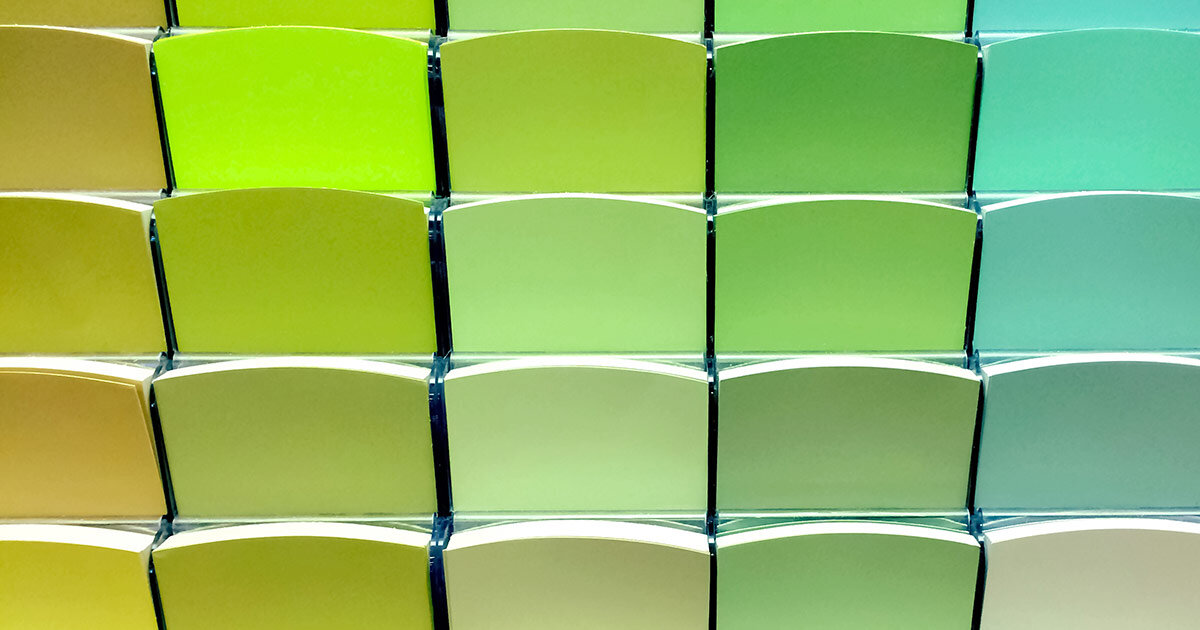Demystifying Undertones In Paint Colors
Green is green is green is green, right? Not so fast.
Colors are complex. Rarely do we see a color in its purest form. And when we do, it’s often too stark. Most paint colors have many different hues mixed in to make them more pleasing to the eye. You’ll need to consider the undertone of a paint color because undertones will show up at surprising times.
Not sure how to spot an undertone? Hold up a bunch of paint samples together to make their differences (undertones) more apparent. For example, you may not be able to detect a red undertone in a particular green, but once you see it next to one with blue undertones, it becomes much more obvious.
I recommend picking colors with complementary undertones to achieve a balance of warm and cool colors. A complementary undertone is one that is on the opposite side of the color wheel.
Choosing a paint color with complementary undertones will give you a harmonious, inviting space.
Complementary Color Pairs:
Red-Green
Yellow-Purple
Blue-Orange


